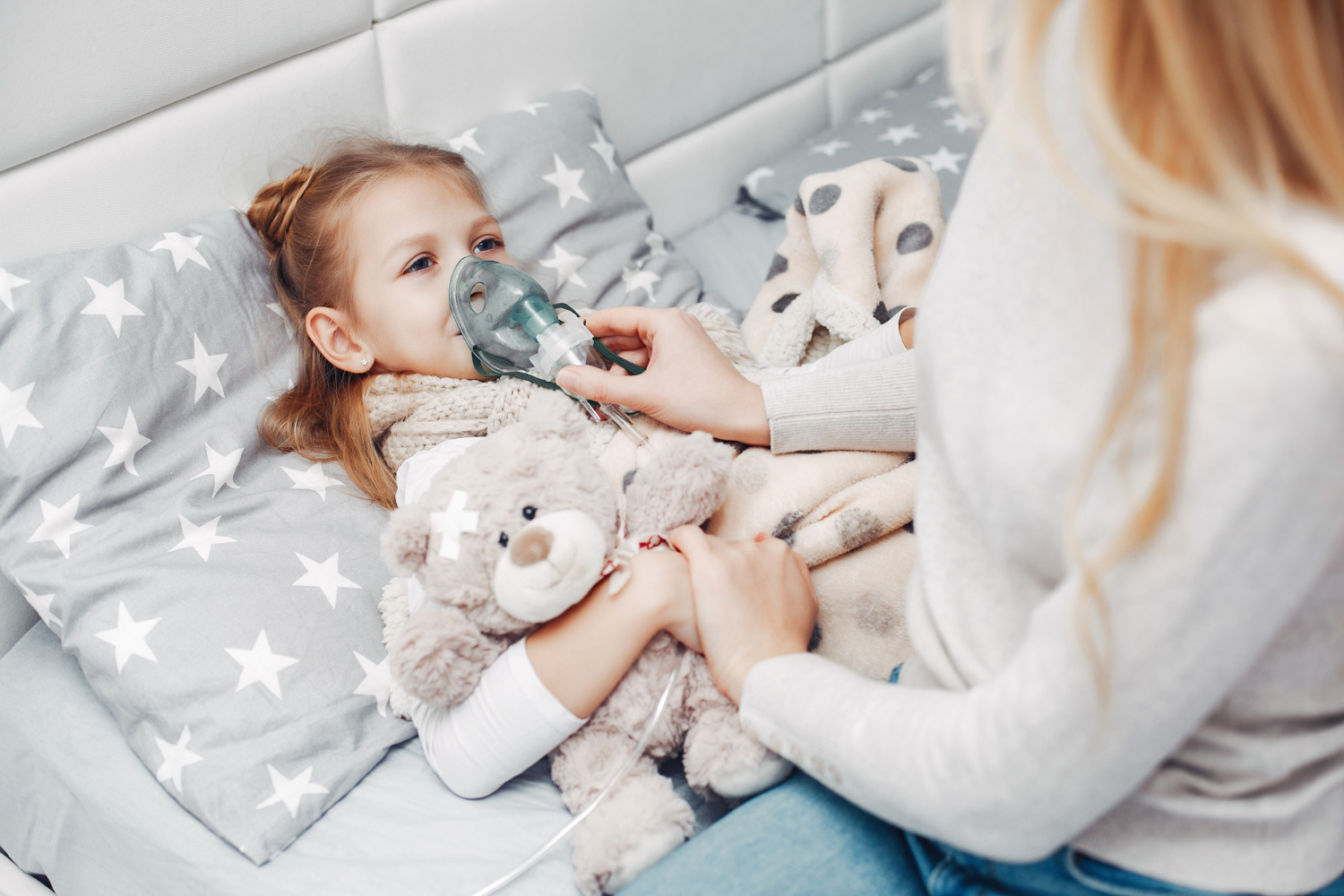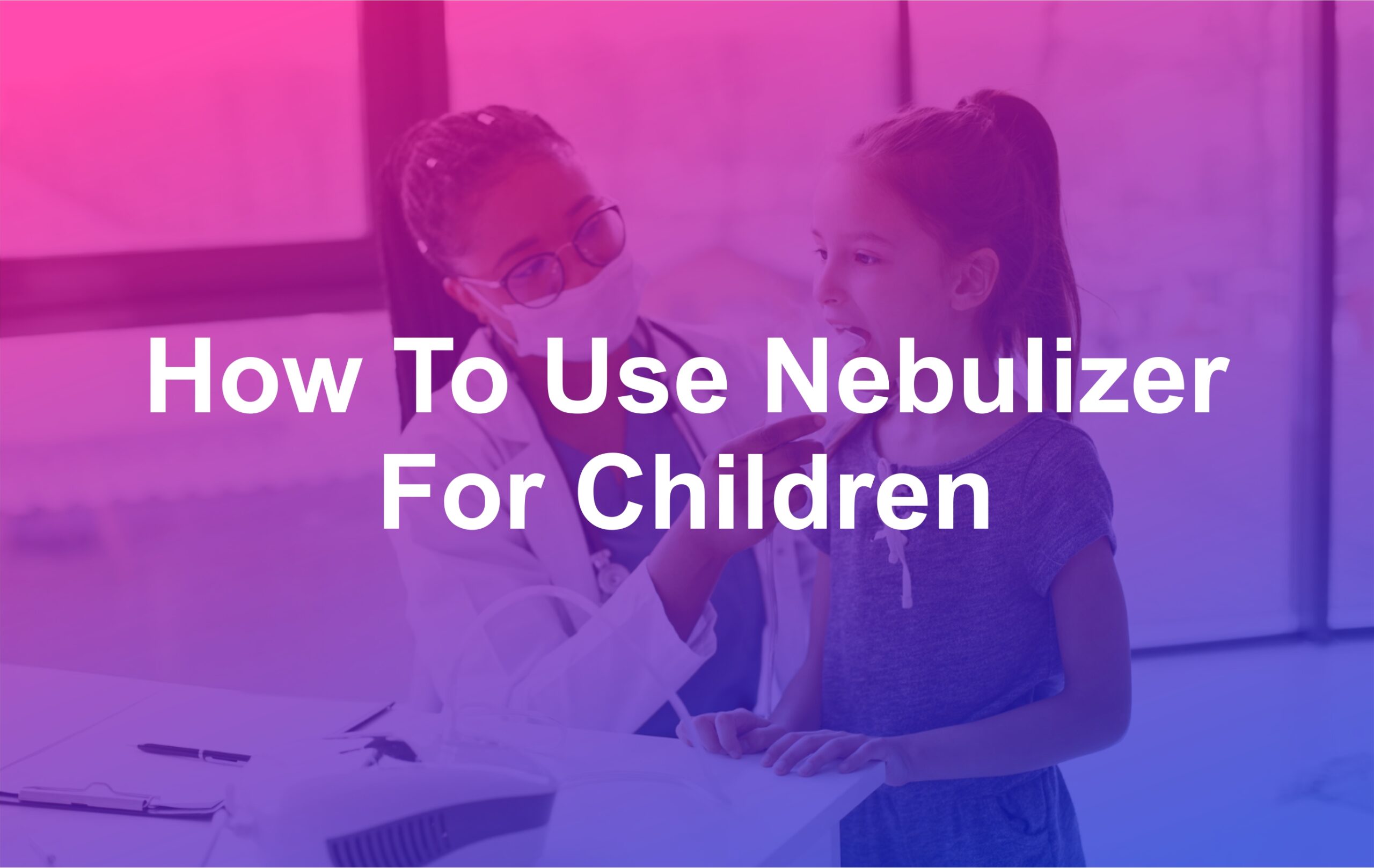Children who have certain respiratory disorders will often need inhaled medications. One way to give this inhaled medication is to use a nebulizer. In order for these medicines to work properly, first know how to use a nebulizer on a child correctly .
A nebulizer is a device for converting medicine in liquid form into inhaled vapor. Treatment that utilizes a nebulizer is usually given to patients with respiratory disorders, such as asthma and chronic obstructive pulmonary disease (PPOK) when symptoms of shortness of breath are appearing.
One of the treatments for respiratory disorders or lung disease is to use inhaled medications or aerosol therapy . Some of these medications work to relieve shortness of breath , reduce inflammation, and prevent recurrence of symptoms. The administration of this inhaler can be through an inhaler and nebulizer.
The difference between a nebulizer and inhaler is in the work of the device. The nebulizer does not spray the medicine, but instead converts it from liquid to vapor, so that the medicine enters the lungs more easily.
This device is usually used when higher doses of inhalers are needed or when people with respiratory disorders have difficulty using inhalers, such as children who have shortness of breath due to asthma.
The nebulizer consists of an air compressor, a small container to hold liquid medicine, a hose that connects the air compressor to the medicine container, and a mask that will be used to inhale the vapors. For children and infants, use masks that are appropriate for their age.
Guidelines for Use of Nebulizers in Children

Administration of inhaled drugs through a nebulizers is often difficult in children or infants. This is because they can feel uncomfortable with the sound of the engine or the steam produced by the nebulizer . In order for inhaled medicines to work optimally when using a nebulizer in children, follow these steps:
- Wash your hands with soap before touching the nebulizer and medication.
- Make sure the hose connecting the compressor and the mask is clean. If dirty, clean with water and then wipe dry.
- Place the nebulizer on a flat surface. If the child is afraid when he hears the sound made by the nebulizer , you can put this tool on a towel.
- Before pouring the medicine into the container, carefully read the instructions for use on the medicine box.=
- Connect the hose that connects the air compressor to the medicine container.
- Lay the child, then put the mask on his face.
- Attach the hook strap behind the child’s ear to secure the mask position. However, if the child is not comfortable with the strap, you can hold the mask directly on his face. Make sure the mask covers the child’s nose and mouth.
- Turn on the nebulizer machine . Make sure the air compressor is blowing steam well and that no steam is leaking to the outside.
- Let the child inhale the steam from the nebulizer until the vapor is gone. Usually the steam will run out in about 5-15 minutes.
- After use, clean the air compressor, tube, and medicine container so they don’t become breeding grounds for bacteria and fungi. Soak the tube and medicine container in warm water for 5 minutes, dry it, then store it in a safe and clean place.
To help calm your little one when using a nebulizers, try providing a show that can distract him, such as cartoons on television.
If your child complains of dizziness or looks restless when administering medication with a nebulizers , stop therapy for 5 minutes. After that, go ahead and ask your little one to breathe slowly. If he continues to feel dizzy and looks restless, stop using the nebulizer immediately and see a doctor for the best solution.
The use of a nebulizer is a safe and effective way to administer inhaled medications to children with respiratory illnesses at home. However, not all children have the same reaction after administration of inhaled drugs through a nebulizer . Therefore, if after using a nebulizer on a child but his condition does not improve, it is advisable to consult a doctor again .

